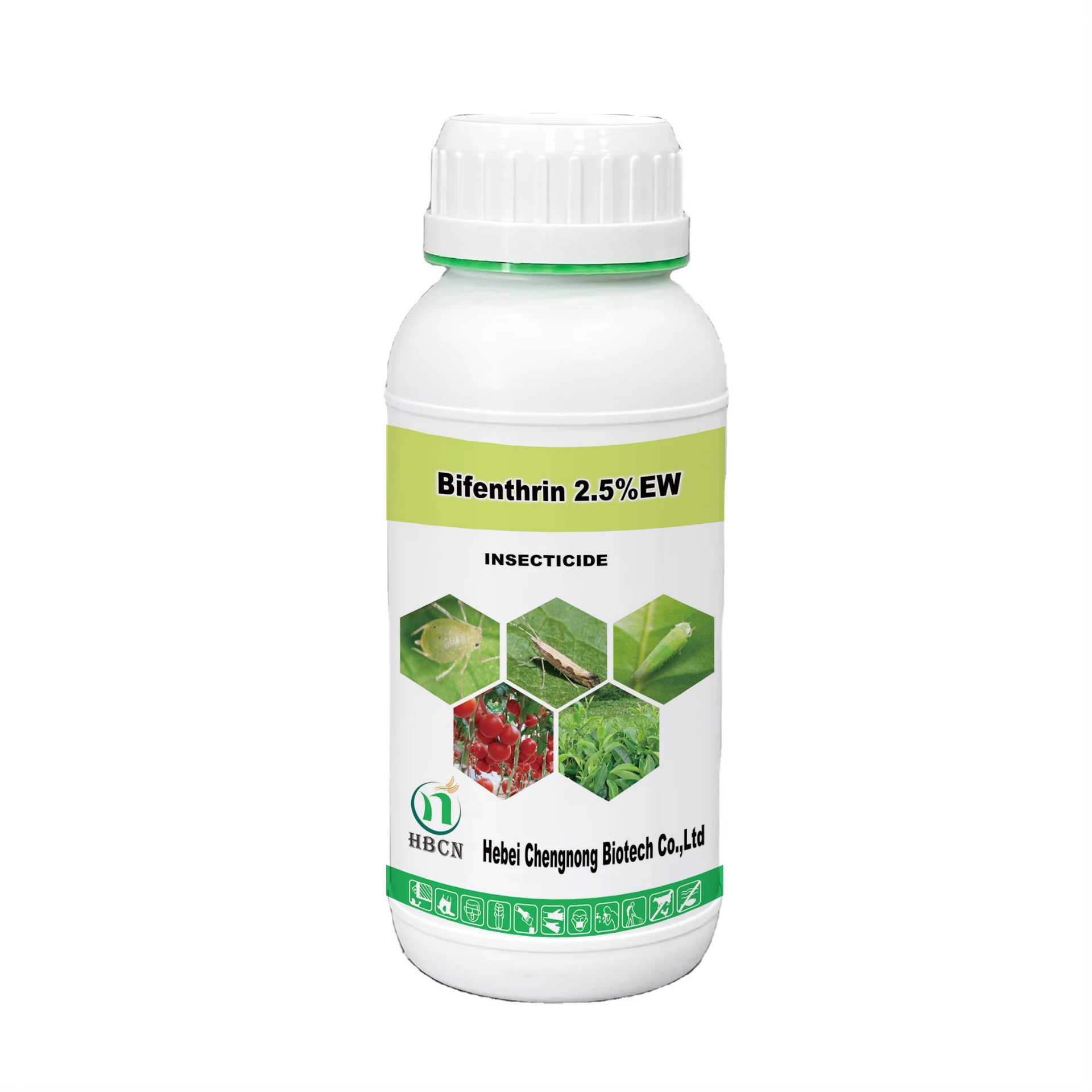
Oct . 16, 2024 10:38 Back to list
callisto mesotrione
Understanding Callisto and Mesotrione A Powerful Combination in Weed Control
Callisto, a premium herbicide, is gaining recognition in agricultural practices for its effectiveness in controlling a wide range of broadleaf weeds and certain grasses. The main active ingredient in Callisto is mesotrione, a selective herbicide that has been utilized in various crops, particularly in corn production. Understanding Callisto and its active component, mesotrione, can provide insights into its benefits and applications in modern farming.
Understanding Callisto and Mesotrione A Powerful Combination in Weed Control
One of the significant advantages of using Callisto is its flexibility in application timing. It can be applied pre-emergence or post-emergence, allowing farmers to tailor their weed management strategies according to their specific crop schedules and environmental conditions. This adaptability ensures optimal weed control at critical stages of crop growth, fostering healthier crops and improved yields.
callisto mesotrione

Moreover, mesotrione exhibits low toxicity to non-target organisms, making it a safer option for integrated pest management systems. Its selective nature also means that it targets specific weed species without harming the main crops, which is crucial for sustainable farming practices. As concerns about herbicide resistance and environmental impact continue to rise, the use of mesotrione in products like Callisto offers a solution that aligns with the principles of responsible agriculture.
Furthermore, Callisto’s compatibility with other agricultural inputs enhances its appeal. It can be effectively tank-mixed with fertilizers and other herbicides, providing farmers with a robust tool for comprehensive weed management. This versatility not only streamlines application processes but also contributes to more efficient use of resources.
In conclusion, Callisto, powered by mesotrione, represents a significant advancement in weed control technology. Its efficacy, flexibility, and safety make it a valuable asset for farmers looking to enhance their crop production while adhering to sustainable agricultural practices. By utilizing this herbicide judiciously, growers can protect their yields and contribute to the overall health of the agricultural ecosystem.
-
Azoxystrobin: Broad-Spectrum Fungicide Solutions
NewsAug.11,2025
-
Best EPA Boscalid: Superior Crop Fungicide for Max Yields
NewsAug.11,2025
-
Best Willowood Imidacloprid: Superior Pest Control Solutions
NewsAug.10,2025
-
Best EPA Boscalid Fungicide: Ultimate Crop Protection
NewsAug.09,2025
-
Cyprodinil Fungicide: Broad-Spectrum Crop Protection
NewsAug.08,2025
-
Tembotrione Herbicide: Advanced 8% OD for Broad Spectrum
NewsAug.07,2025
